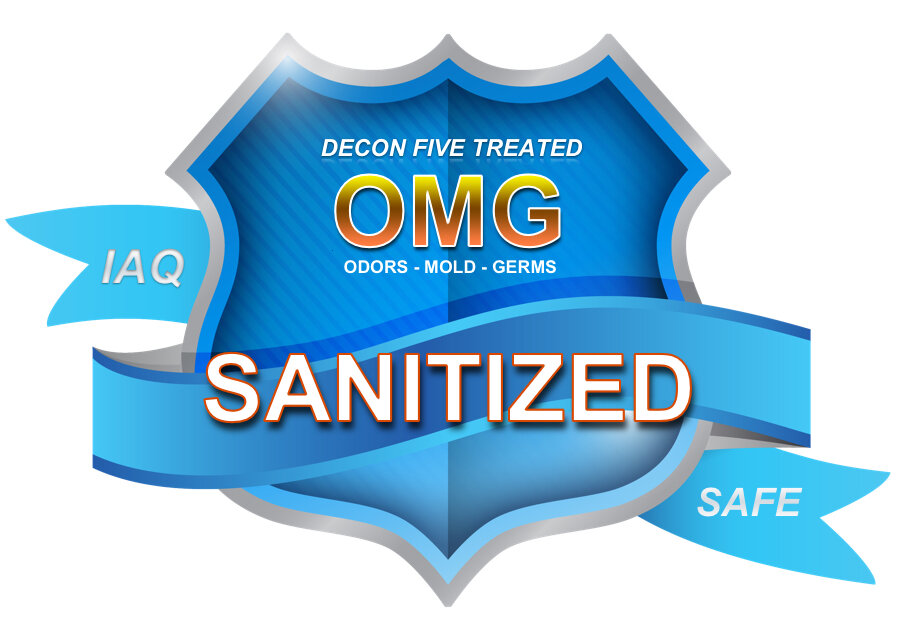How Mold Can Harm Your Family
Modern homeowners, tenants, and anyone else who has ever lived in a house have become familiar with mold. If you say mold, there will be an immediate reaction from anyone who lives in your home. The question: Is mold a serious threat to your health and the health of your family? Unfortunately, the short answer is yes. Many illnesses have been linked to mold, from the common cold to serious respiratory issues. Before we get into the side effects that mold can cause to you and your family if you live in an area with mold, let's first examine why mold can make you sick.
What is mold?
Mold is a natural fungus. It refers to single-celled organisms which have started to grow in a colony and become a stringent colony. Mold thrives in moist places. This is why household mold is so prevalent. Our homes trap moisture and increase the likelihood that mold will grow throughout our house.
Molds reproduce through the creation of spores. These microscopic specks travel through your home, finding new moisture-rich areas to grow new fungi. These spores can only reproduce inside homes because they don't have enough space to travel. Also, the low airflow inside our homes means that molds are limited in their reproduction capabilities. These microscopic mold spores can be inhaled while we are just walking around the house, in bed at night, or doing basic household chores like cleaning or cooking. These mold spores can be inhaled deep into the lungs, but they are so tiny that it is doubtful. It is possible to inhale mold spores more than we think. This can lead to serious health problems for our family and ourselves. However, mold can be harmful to our health and that of our families in small quantities.
Types and applications of mold
Experts estimate there could be 300,000 types of mold. However, no one knows the exact number. Certain types are more likely to be found in homes than others.
Common indoor molds include:
Alternaria - This happens indoors in damp areas, like under leaky sinks or showers.
Aspergillus - This species can be found indoors on dust, powdery food items, and building materials like drywall.
Cladosporium - This can grow in both warm and cool areas. It is most common to grow on wood and fabrics.
Penicillium - This is a plant that grows on materials with water damage. It can often be seen as a blue-green color.
Mold can come in many forms and textures. Molds can appear as discoloration on a surface, such as yellow, green, black, blue or yellow.
Depending on the type and location of the mold, they can have a rough, velvety, or fuzzy appearance.
How Does Mold Get You Sick?
Inhaling small amounts of mold is something we do more than usual. Are these tiny amounts of mold inhalation causing us to get sick? Although it is not a common occurrence, over time these tiny amounts can build up and cause more severe health problems. Mold can form, grow, and reproduce wherever moisture is present, whether it is in our homes, our house plants, or our windows' condensation. If left untreated, small amounts of mold can grow to much larger quantities. This is when mold can cause illness in your family.
Conclusion
Mold can cause serious illness in your family due to microscopic mold spores. It is possible to prevent rapid mold growth. You should be aware of signs such as musty odors and other visible areas before you have serious mold problems. If you or your loved ones start having health issues you believe or know are due to mold contact OMG Sanitized today. We can do a full inspection of your house to find out where the mold is and remove it permanently.


